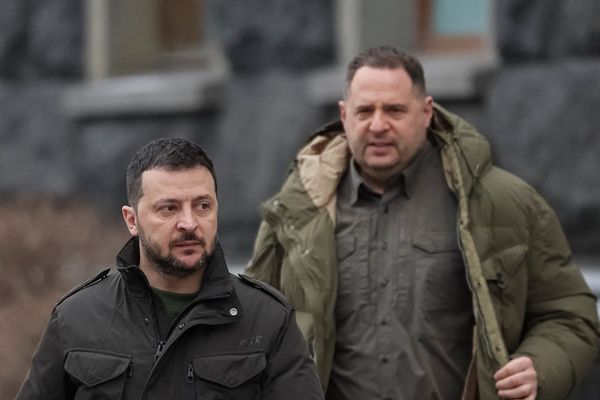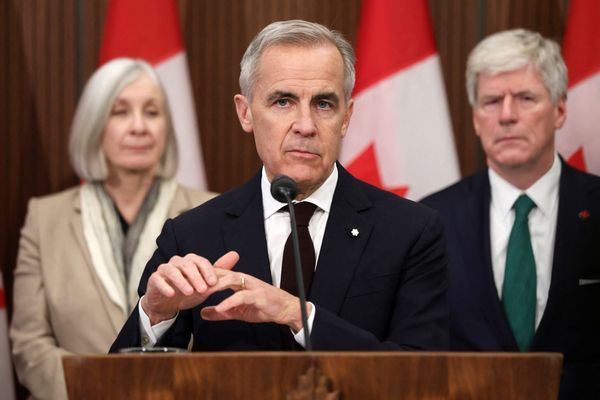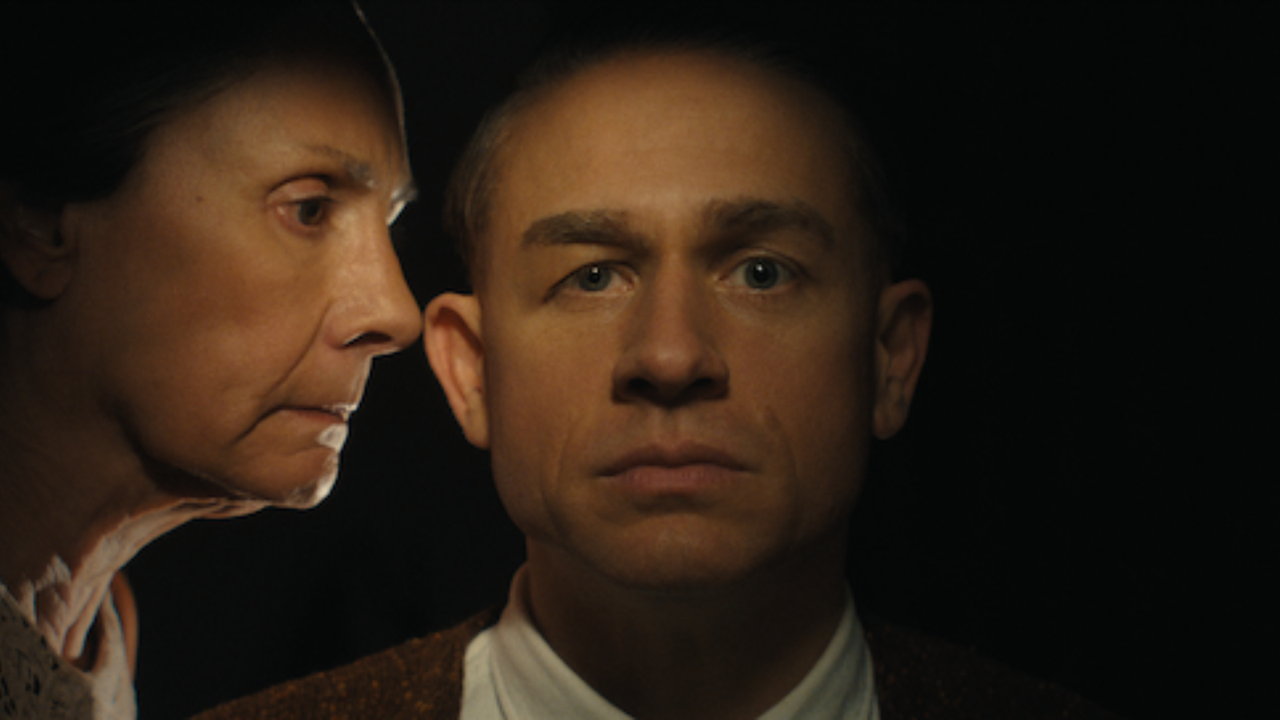
We've had The Jeffrey Dahmer Story and The Lyle and Erik Menendez Story, and now, in the third instalment of the infamous Monster anthology series, we've got The Ed Gein Story.
Charlie Hunnam stars as the infamous serial killer Ed Gein in the eight-part drama, detailing Ed's life as a killer, grave robber, and very mentally unwell person.
Ed became known for the unimaginable array of paraphernalia found in his house, including a lampshade made from human skin and masks made from the flesh of female faces.
He also inspired characters and stories found in high-profile films, including Psycho, The Texas Chainsaw Massacre, and The Silence of the Lambs. Whenever a real story is translated to the screen, a certain amount of creative licence comes with it.
This has left many wondering how much of The Ed Gein Story seen on screen is true, particularly whether he really had a hand in capturing Ted Bundy.
Did Ed Gein really help capture Ted Bundy?
Towards the end of The Ed Gein Story, he's seen helping the FBI catch Ted Bundy from his hospital room. However, this moment is fictionalised for dramatic purposes, and Ed Gein was never part of Ted Bundy's capture.
The FBI agents seen visiting Ed in the series are real people. John Douglas and Robert Ressler did help capture the man who kidnapped and sexually assaulted many young women between 1974 and 1978.
However, as Ed Gein is eventually diagnosed with schizophrenia, the use of the narrative suggesting he was part of the Bundy case is a plot point to emphasise his inability to separate fact and fiction.
This is why the nurses in the scene appear to go along with the idea that he was helping the FBI investigation; they were simply taking his delusion in their stride.
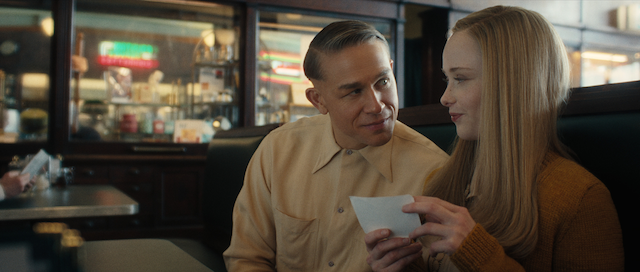
Series creators Ryan Murphy and Ian Brennan were especially invested in showing how, previously, the mentally unwell were treated in the US. "I was very interested in society’s obligation to the mentally unwell, people who are having mental crises," Murphy said to Netflix Tudum.
“Ed was the perfect person to talk about that because when he was apprehended, he [was] very quickly diagnosed, and he was given great care by a society. He was taken to different hospitals. He was treated well. He was given the correct medications," he added.
“We used to be a country that took care of our mentally unwell. There were systems in place. There were hospitals. There were sanitariums. We explore how that has degraded in our country," the writer concludes.
What else is fiction in The Ed Gein Story?
The dramatisaton is based on Ed Gein's life and not a direct retelling. Therefore, some details have been enhanced or added for dramatic effect.
For instance, Ed is seen in the series engaging in a sexual relationship with Bernice Worden. Although convicted of her murder, Ed was never in a relationship with the hardware shop owner, and he continuously asserted in real life that he'd never had any sexual experience in his life.
For the same reason, it could not have been possible for Ed to engage in necrophilia. The show suggests he did engage in sexual activity with corpses, but Ed continued to maintain his lack of sexual contact with anyone, whether living or deceased. He also stated that the smell of the corpses would've made it impossible to carry out such acts.
Ed is also shown killing babysitter, Evelyn Hartley. Again, this is something that didn't happen in real life - Evelyn is a real missing person and Ed was questioned about her disappearance but never found to have any involvement. Her case has never been solved.
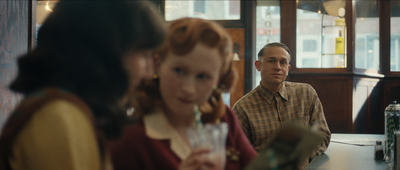
Further dramatic licence is taken when suggesting Ed killed two bear hunters who interrupted him mutilating Bernice Worden's body at his home.
This fictional element is thought to be inspired by the disappearance of real-life hunters Victor Travis and Raymond Burgess. The pair did go missing on a hunting trip, but they weren't brutally murdered with a chainsaw by Ed Gein
Like Evelyn Hartley, the pair were never found, and their case remains unsolved.
Similarly, while scenes in the hospital featuring Ed helping with the Ted Bundy case are fictional, so are scenes where he's seen killing a nurse. This is also one of his schizophrenic hallucinations, and used to drive the narrative that once treated for his illness, Ed's condition improved.
